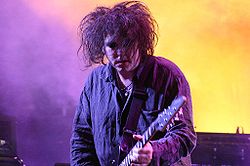This article needs additional citations for verification .(June 2013) |
Backcombing, also known as teasing or ratting, is a way of styling hair to create volume. It is done by repeatedly combing the hair towards the scalp, causing the hair to tangle and knot.
